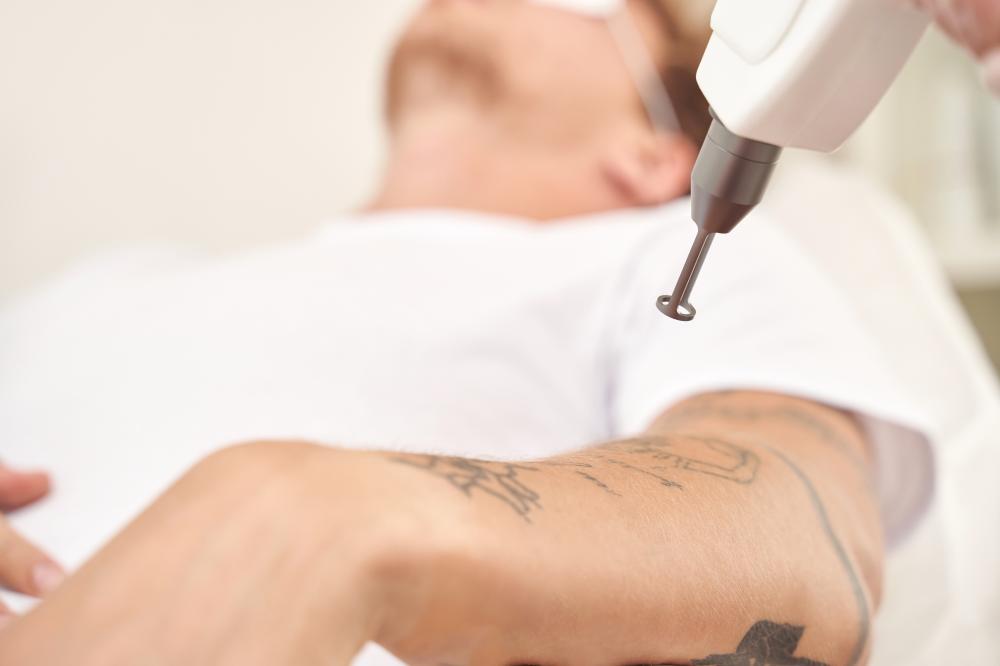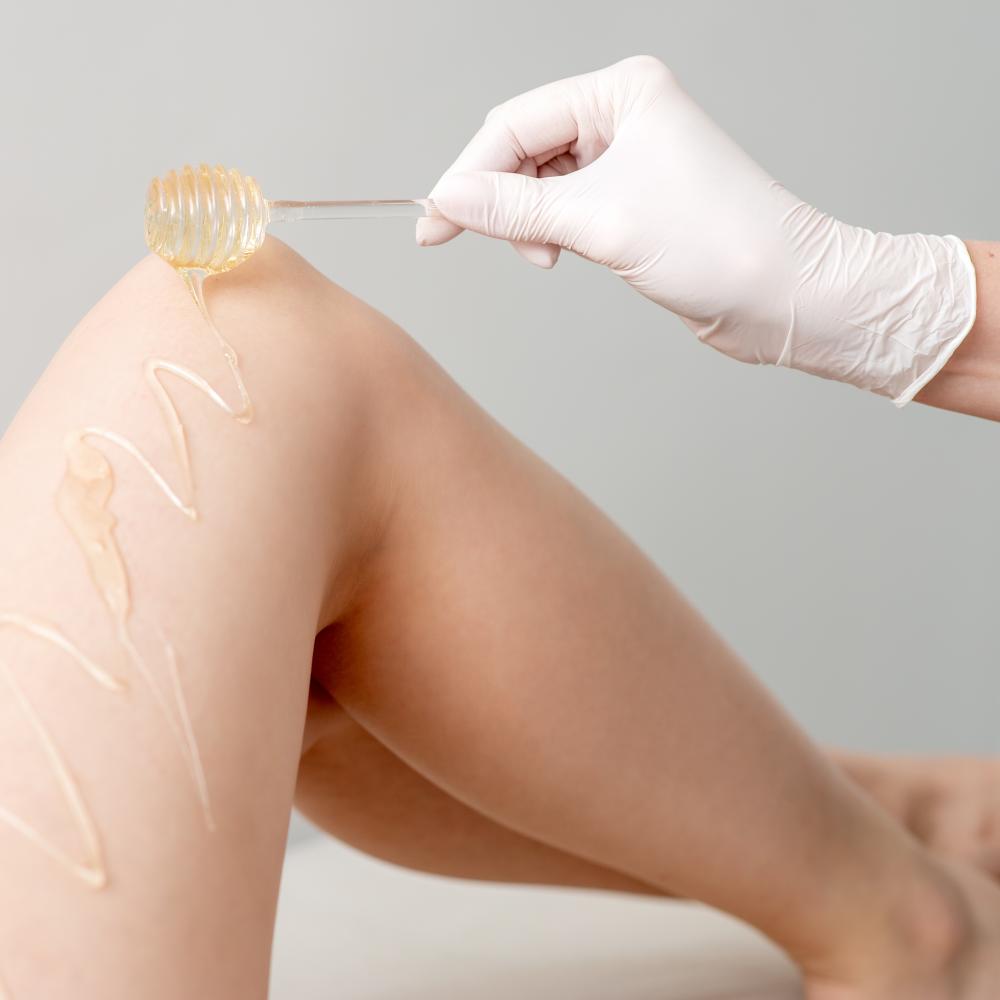
Numbing Cream for Laser Tattoo Removal: Why It’s Worth Considering
Laser tattoo removal is a popular option for those looking to erase ink from their skin. While effective, the procedure can cause discomfort, leading many to explore pain management options. Numbing cream for laser tattoo removal is a favored choice, offering a way to alleviate the sensation during the process.
These creams act by temporarily blocking nerve signals, reducing the skin’s sensitivity to the laser. This makes the experience more bearable, particularly for individuals with a low pain threshold. At Medical Aesthetic Supply, we understand the importance of comfort, providing advanced numbing solutions for professionals worldwide.
How Does Numbing Cream for Laser Tattoo Removal Work?
Understanding the mechanics of numbing cream is essential for both professionals and patients. Numbing creams contain active ingredients like lidocaine, which act as local anesthetics. They interrupt nerve signals, effectively dulling the sensation on the skin’s surface.
For optimal results, apply the cream approximately 30 to 60 minutes before the laser session. This allows the lidocaine sufficient time to penetrate the skin, ensuring a lessened pain experience without compromising the laser’s efficacy. Our experienced team at Medical Aesthetic Supply always recommends consulting with a professional for tailored application advice.
Is Numbing Cream for Laser Tattoo Removal Effective?
Numbing cream is widely used and generally effective, though results can vary based on skin type and tattoo location. For many, it significantly reduces discomfort, transforming what could be an arduous experience into something tolerable.
At Medical Aesthetic Supply, we offer numbing creams with varying concentrations to cater to different needs. For instance, our LeedFrost 10.56% Lidocaine Cream is a popular choice among professionals, providing substantial relief during procedures. It’s essential to select a cream with an appropriate concentration for your unique requirements.
In my 20 years of experience, I’ve observed that combining numbing cream with other pain management techniques can enhance comfort. Techniques such as ice application or the use of cold air machines complement the effects of numbing agents, ensuring a smoother procedure.
What Qualifies as a Numbing Cream for Laser Tattoo Removal Emergency?
While complications from numbing cream are rare, it’s important to recognize potential emergencies. Symptoms such as skin irritation, prolonged numbness, or allergic reactions warrant immediate attention.
Should any unusual symptoms arise, contact a medical professional without delay. Although these occurrences are infrequent, being vigilant ensures safety. Our team can advise on signs to watch for, enhancing both safety and peace of mind during treatment.
Exploring Alternatives to Numbing Cream for Laser Tattoo Removal
While numbing cream is effective, exploring alternative pain management options can provide additional comfort. Here are a few methods we recommend:
- Ice Application: Can be used before sessions to numb the treatment area temporarily.
- Cold Air Machines: Devices like the Zimmer Cryo 6 offer continuous cooling, complementing the numbing cream.
- OTC Pain Relievers: Acetaminophen is a safe choice pre and post-treatment to minimize discomfort.
Each method has unique benefits and can be tailored to an individual’s needs. A combination of numbing cream and another pain relief method often provides optimal results. At Medical Aesthetic Supply, we are committed to offering solutions that maximize patient comfort.
Choosing the Right Numbing Cream for Laser Tattoo Removal
Picking the appropriate numbing cream involves understanding your pain tolerance and the specifics of the tattoo removal process. Here’s a step-by-step approach to selecting the right cream:
- Assess Your Pain Tolerance: Identify your comfort level and past experiences with pain.
- Consult a Professional: Seek advice from a licensed provider on product suitability.
- Consider Concentration: Choose a cream with the sufficient lidocaine percentage for your needs.
- Test for Allergies: Apply a small amount on your skin to check for any reactions.
- Follow Application Instructions: Adhere to guidelines for timing and quantity to maximize effectiveness.
By following these steps, you can enhance your laser treatment experience. Our comprehensive range at Medical Aesthetic Supply ensures that professionals have access to the highest quality products, helping them deliver the best possible care.

What are the benefits of using numbing cream for laser tattoo removal?
Numbing cream for laser tattoo removal is a popular choice for managing discomfort during the procedure. The primary benefit is the reduction of pain signals from the skin, making the removal process significantly more comfortable. Imagine getting a tattoo erased with minimal distraction from discomfort, allowing for a more relaxed session. This can be particularly beneficial for individuals with low pain tolerance or those with tattoos located on sensitive areas of the body. Using a numbing cream like those supplied by our company can help ensure patients endure less discomfort, leading to a more efficient session. Have you ever hesitated to proceed with a procedure due to pain concerns? Considering numbing options might be the right step for you.
Are numbing creams effective for everyone undergoing laser tattoo removal?
While numbing creams are generally effective, their efficacy can depend on several factors, including skin type, the body’s response to active ingredients, and the tattoo’s location. Our products, such as LeedFrost 10.56% Lidocaine Cream, are designed to cater to various needs, providing substantial relief in most scenarios. However, it’s worth noting that individual reactions vary. Some people might experience more relief than others, which is why a tailored approach is often best. If you’ve previously tried numbing creams without the desired effect, consulting with a professional can help you find the right product concentration or complementary techniques to ensure better results. Have you tried combining numbing creams with other pain-relieving methods for improved comfort?
How should numbing cream be applied before laser tattoo removal for best results?
For optimal results, numbing cream should be applied 30 to 60 minutes before the laser tattoo removal session. This allows enough time for ingredients like lidocaine to penetrate the skin effectively, ensuring maximum pain relief. Our team advises professionals to follow application instructions carefully, taking into account factors like timing, skin type, and the specific cream concentration. Testing a small area for allergic reactions beforehand is also a good practice to ensure safety. Have you ever timed the application of numbing products differently for different procedures? Paying attention to timing can make a significant difference in comfort levels.
What factors should be considered when choosing a numbing cream for laser tattoo removal?
When selecting a numbing cream, it’s essential to consider your pain tolerance, the tattoo removal procedure specifics, and any previous experiences with numbing agents. Our selection process involves assessing concentration levels–higher concentrations like those in TKTX Gold Numbing Cream may be preferable for more sensitive procedures. Consulting a professional can also help in choosing the right type of product, like creams versus gels, while ensuring no allergic reactions will occur. Additionally, our products come in various sizes to match your practice needs. How do you decide between different product types and concentrations?
What are the alternatives to numbing cream for managing pain during laser tattoo removal?
Beyond numbing creams, like those from our selection, several alternatives can aid in managing discomfort during laser tattoo removal. Ice application before sessions can provide temporary relief, while devices like cold air machines offer continuous cooling during the procedure. Over-the-counter pain relievers, such as acetaminophen, can also be taken pre- and post-treatment. These alternatives offer different benefits and can often be combined with numbing products for a comprehensive pain management strategy. Have you experimented with combining different methods to find the optimal comfort strategy during treatments?
Resources
- MedlinePlus – A trusted resource for health information from the National Library of Medicine.
- Centers for Disease Control and Prevention (CDC) – Leading national public health institute in the United States.
- Health.gov – The official website of the U.S. Department of Health & Human Services.
- World Health Organization (WHO) – A global authority on international public health.
- WebMD – A reputable source of health information and news.

